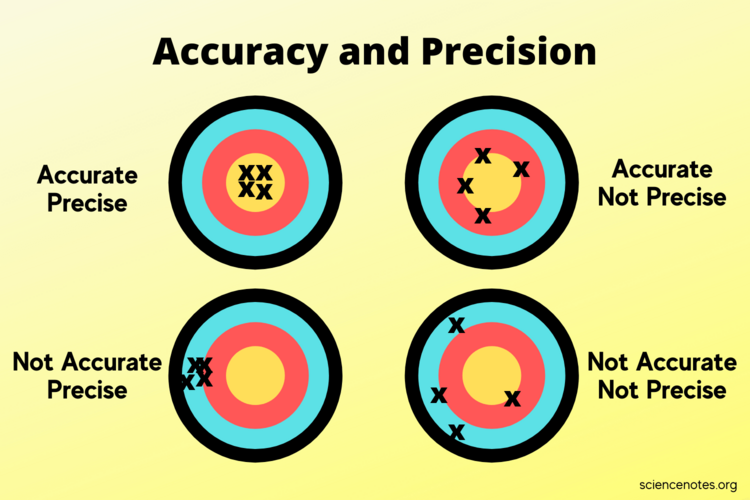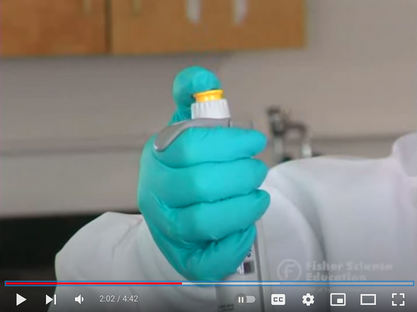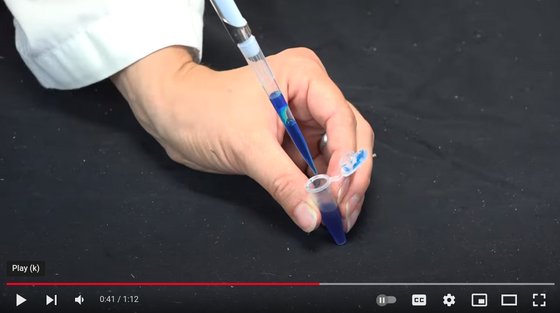pipetting
Pipetting with both accuracy and precision is very important for a biologist. It is also important to take car of the pipette.
-
Always pipette vertically and do not let liquid into the pipettes
-
Pipette slowly, especially if the liquid is viscous
-
Set the pipette to its maximum volume when not in use.
The three videos below give you a nice introduction to pipetting:
Pipetting: Basic Pipetting
Micropipette technique demo
Four Common Pipetting Errors - Techniques Demonstration
Under a constant temperature and atmospheric pressure, the density of distilled water is constant. The volume of water can be determined by weighting dispensed water.
-
Measure the water temperature and record it.
-
Place a plastic cup or a Petri dish on the balance and adjust the weight to zero.
-
Put a tip onto the pipette and set the volume which is to be tested.
-
Dispense a set volume of water. It is a good idea to calibrate both with a small and large volume:
| Model | Small volume (µL) | Large volume (µL) |
|---|---|---|
| P20 | 2 | 10 |
| P200 | 20 | 100 |
| P1000 | 100 | 500 |
-
Close the door of the balance and record the weight after it has stabilized.
-
Repeat 10 times adjusting the balance to zero after each measurement.
-
Use this form to record and calculate precision and accuracy



